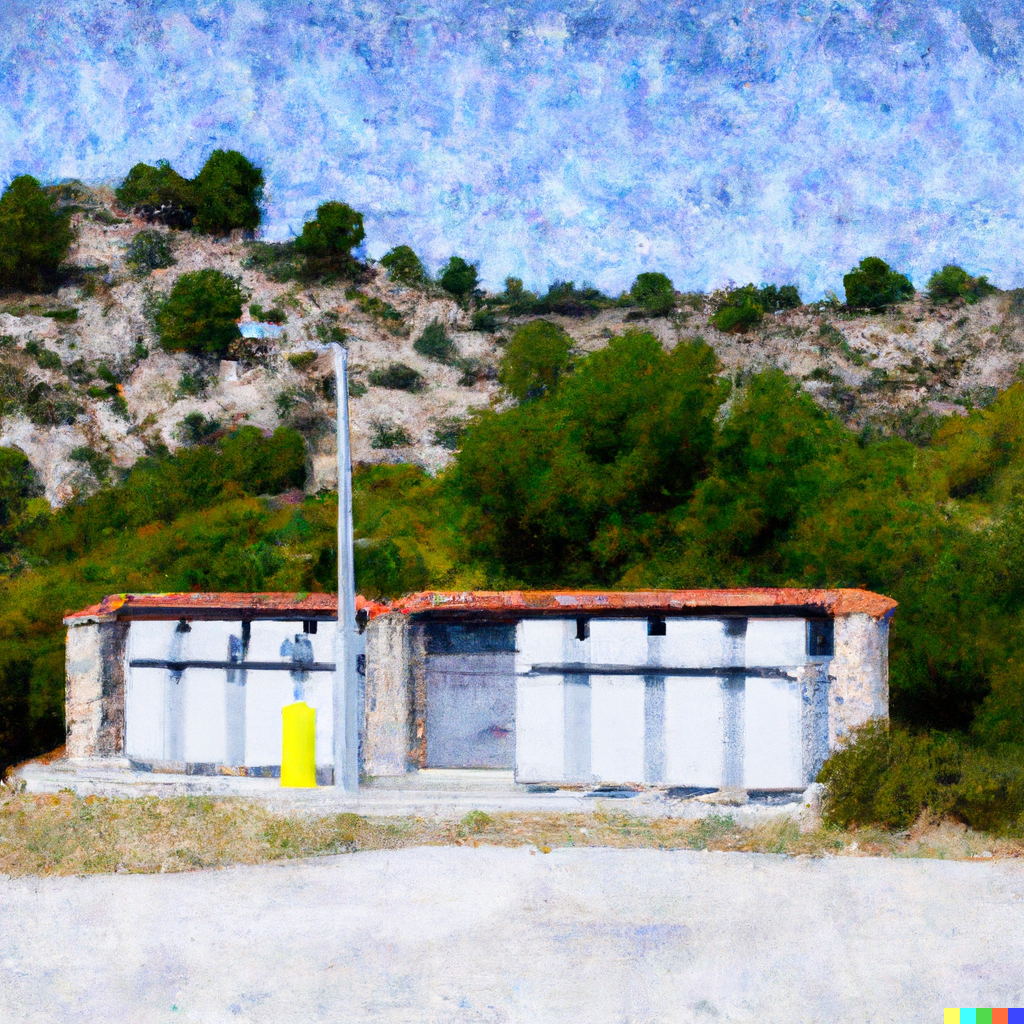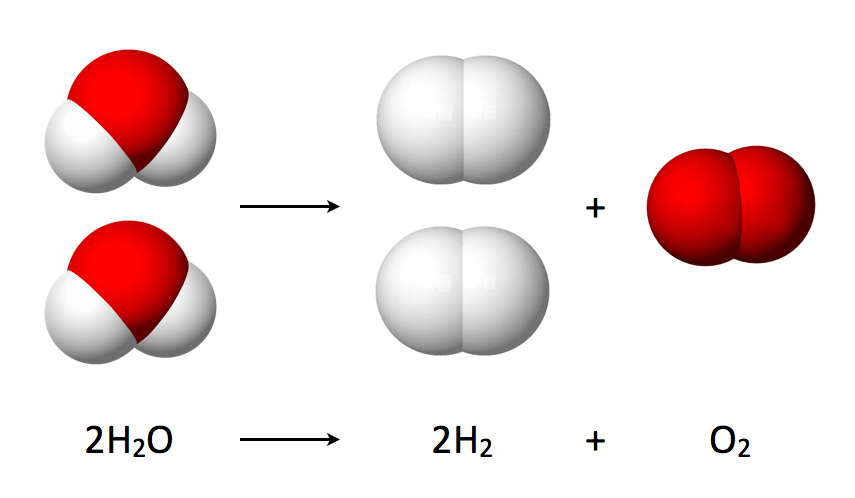The Inflation Reduction Act (IRA) has the potential to rapidly accelerate the decarbonization of the energy sector and drive the adoption of clean energy technologies. By investing in cheaper clean energy, home efficiency, and weatherization, the IRA makes a sizable down payment on long-term energy affordability. According to Energy Innovation Policy & Technology modeling, IRA grid decarbonization incentives could achieve a 75% to 85% clean grid by 2030. Resources for the Future analysis also shows that a cleaner grid will save U.S. households $170 to $220 on their annual energy bills by 2030.
However, the transition to clean energy will not be without challenges. Workforce shortages and supply chain constraints are likely to challenge power companies for at least the next year or more. In addition, the move towards clean energy will require upgrades to power grids, which have been hampered by supply chain issues. Despite this, the growth of renewable generation in the mix is already causing significant changes to the flow and pricing of power. Battery energy storage systems (BESS) are having a significant impact on the system by shifting power from trough to peak load times and serving ancillaries, which will significantly impact ancillary service prices downwards and introduce some additional flexibility to the system as a whole.
Will batteries start to impact the development and deployment of renewable energy?

The Inflation Reduction Act funding is available to customers more so than energy companies, but there are still plenty of ways for utilities to benefit from the IRA. Energy providers with existing power plants will have an opportunity to extend the life of these plants, reducing stranded asset risk. The IRA also provides greater certainty around the cost of hydrogen and creates an opportunity for using hydrogen in place of natural gas. Utilities can also work with state agencies administering energy efficiency incentives. The Inflation Reduction Act will also increase utility competition as the clean energy space becomes more crowded, with companies with less constrained business models representing a growing threat to traditional utilities.
Hydrogen Production via Water Electrolysis (Credit: – Own work)

While the Inflation Reduction Act provides a clear path towards decarbonization, there are still a number of uncertainties that could impact the energy industry in the coming years. Energy market disruptions and fuel shortages have led to surging natural gas prices, while extreme temperatures are raising heating and cooling demand. These risks have disproportionate impacts on lower-income households, people of color, renters, older adults, and those living in older housing. Low-income households on average face an energy burden three times larger than that of non-low-income households, according to the American Council for an Energy-Efficient Economy (ACEEE). As pandemic-related moratoriums on utility shut-offs expire, more energy-burdened households unable to pay rising bills risk service shut-offs.
The need for utility investments in grid upgrades is also growing. An ICF study estimates a $500 billion utility investment gap for resiliency measures to deal with rising temperatures, extreme storms, and wildfires. Utilities will also need to pay for infrastructure expansion and grid modernization to meet new load growth from electrification of buildings, transportation, and industry. All of these factors could make energy costs unmanageable for more households, but federal funding through the Inflation Reduction Act can provide some relief.
The Inflation Reduction Act is a game-changer for the energy industry and presents a unique opportunity for companies to capitalize on clean energy incentives. If you are interested in learning more about how to take advantage of these incentives, please don’t hesitate to reach out to us at Gridline AI by emailing us at contact@gridline.ai. We are here to help you navigate the rapidly evolving energy landscape and take full advantage of the opportunities presented by the Inflation Reduction Act.
